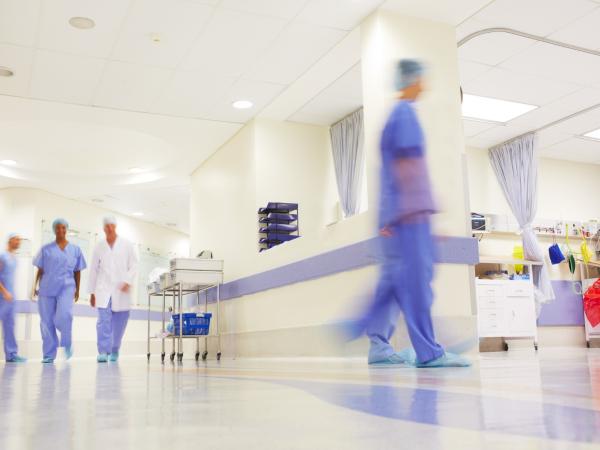The Congress of the Republic is preparing to debate a new group of proposals regarding the health system.
On the one hand, there is the initiative filed by the independent bench, which arises as a counterproposal to the archived text of the reform promoted by the Petro government. The proposal was developed in collaboration with the Fundamental Agreements Group, a coalition of 21 medical and scientific organizationsand aims to reorganize the General Health Social Security System (SGSSS).
The points raised include the transformation of EPSs into managers of health and operational risks, the elimination of prior authorizations for the provision of medical services and the promotion of medical self-regulation based on principles of ethics and scientific evidence.
The discussion will also include thea proposal that the National Government has been working on in a second attempt to introduce a health reform. Its objectives include making the system more inclusive and improving the working conditions of health personnel.
The Cambio Radical party has also introduced a proposal that seeks to maintain the benefits of the current system and correct its flaws. The article suggests comprehensive and differentiated care models by territory, the figure of direct transfer to improve the monitoring of resources and the prohibition of labor outsourcing.
Now, with these three initiatives on the table, How is the health market preparing for possible changes?
(More news: Petro calls for transforming debt into climate action in the face of mpox virus alerts)
Healthcare system
iStock
(Read more: What is the Primary Health Care Account proposed by the Government in its new reform)
The role of the market
According to the Doctoralia platform, the health services market is taking a proactive role in addressing the demand for services that these changes could generate.
In this sense, the role that Information and Communication Technologies (ICT) are playing in the development of new models of medical care and health management. A key element to address the shortcomings in the public hospital network, especially in remote areas.

Telemedicine
iStock
“The reform stipulates that intermediate and high-level health services must be accessible to all populations, urban, rural and dispersed, using delivery modalities such as telemedicine and telehealth support. In this new scenario, the use of new solutions is key,” highlights the signature.
The platform also mentions the importance that digital tools could have when it comes to improve the accessibility and efficiency of health carebenefiting both patients and specialists in the face of any adjustments that may arise.
PORTFOLIO
















